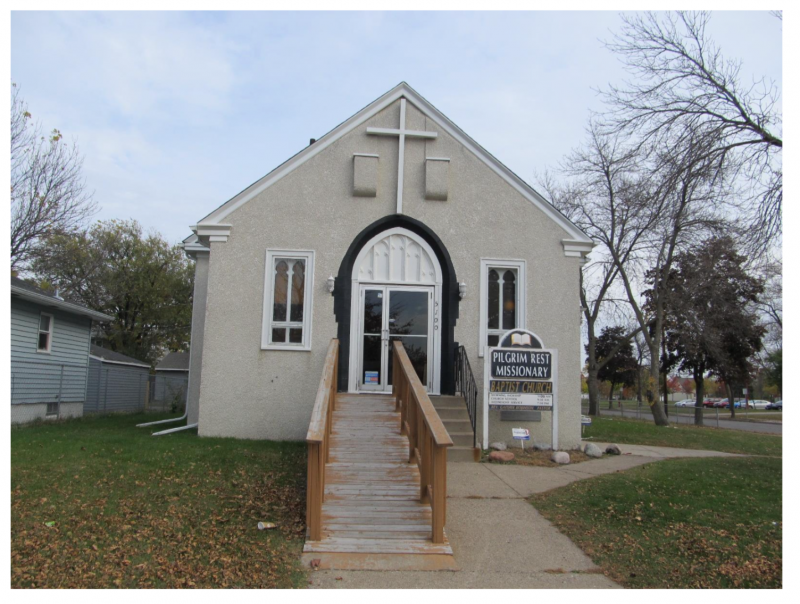
The City of Minneapolis’ Division of Race & Equity kicked off The Northside Oral History Project on October 20. The project centered around the stories of residents who have lived in the Penn/Plymouth area of North Minneapolis over the last 50 years.
This got me thinking about the history of African Americans in a couple other parts of North Minneapolis long before the past 50 years.
One of the early settlements of African Americans in North Minneapolis was in the area north of Shingle Creek around Humboldt, James and Irving Avenues. Families started to arrive in the area about 1913 from Arkansas, Georgia, Kentucky, Kansas, Missouri, Oklahoma, Texas, Virginia and West Virginia. By 1920 there were 20 families in two small real estate additions called Maple Leaf and Humboldt Heights, most of whom were homeowners. Some of the first families to arrive in the area were Alex and Cora Adair, John Henry and Emiline Bannarn, and Wesley and Vealous Miller. Because the area was still quite rural, it was referred to as “The Country.”
Many of the houses in this area were torn down or moved to build the Humboldt Greenway, but one institution from this era still exists — Pilgrim Rest Baptist Church. Established in 1923, it was originally called Humboldt Baptist Mission. Pilgrim Rest is the oldest and only African American church associated with early settlers in the Shingle Creek area. According to the Minneapolis Heritage Preservation Commission, the church, established in 1923, had its origins as a mission in the home of Elizabeth Stevens at 5126 Irving Avenue North, one of the founders of the church. The congregation purchased two lots at the corner of 51st and James Avenues North where the existing church is still located — and the first structure used as a place of worship there was a 12 foot by 30 foot converted garage.
Eventually they built a one-room structure. In 1953, the congregation planned to build a new building, but funding ran out after they managed to build the basement out of cement blocks. A roof was built over the basement and for the next 14 years until 1967, they used the basement as their place of worship. In 1968, the existing church building was donated to Pilgrim Rest Baptist Church by Hope Lutheran Church, located a few blocks northeast at 5201 Dupont Avenue North.
Another early settlement of African Americans was near the area at 8th and Bryant Avenues North and Sumner Field, which is where the current Heritage Park redevelopment is now. One of the most important institutions for the African American community in this area was the Phyllis Wheatley Settlement House, named in honor of Phyllis Wheatley, an 18th Century enslaved girl who became the first African American author of a published book of poetry. The Phyllis Wheatley Settlement House first opened in 1924 at 808 Bassett Place and moved to 809 Aldrich Avenue in about 1929. The Phyllis Wheatley Community Center currently shares space within Bethune Elementary School.
In its beginning, it was a safe place for young African American women to seek shelter, guidance and marketable skills. Eventually it became the center of the African American social scene and a home-away-from-home for numerous African American civic leaders, educators, entertainers and students. The Wheatley, as it was affectionately called, was the only place in Minneapolis where non-whites were permitted to lodge during those days, including the famous singer Marion Anderson. A number of well-known local civil rights leaders came out of the Wheatley including W. Harry Davis and Clyde Bellecourt. You can read more about its history at phylliswheatley.org/history/.


